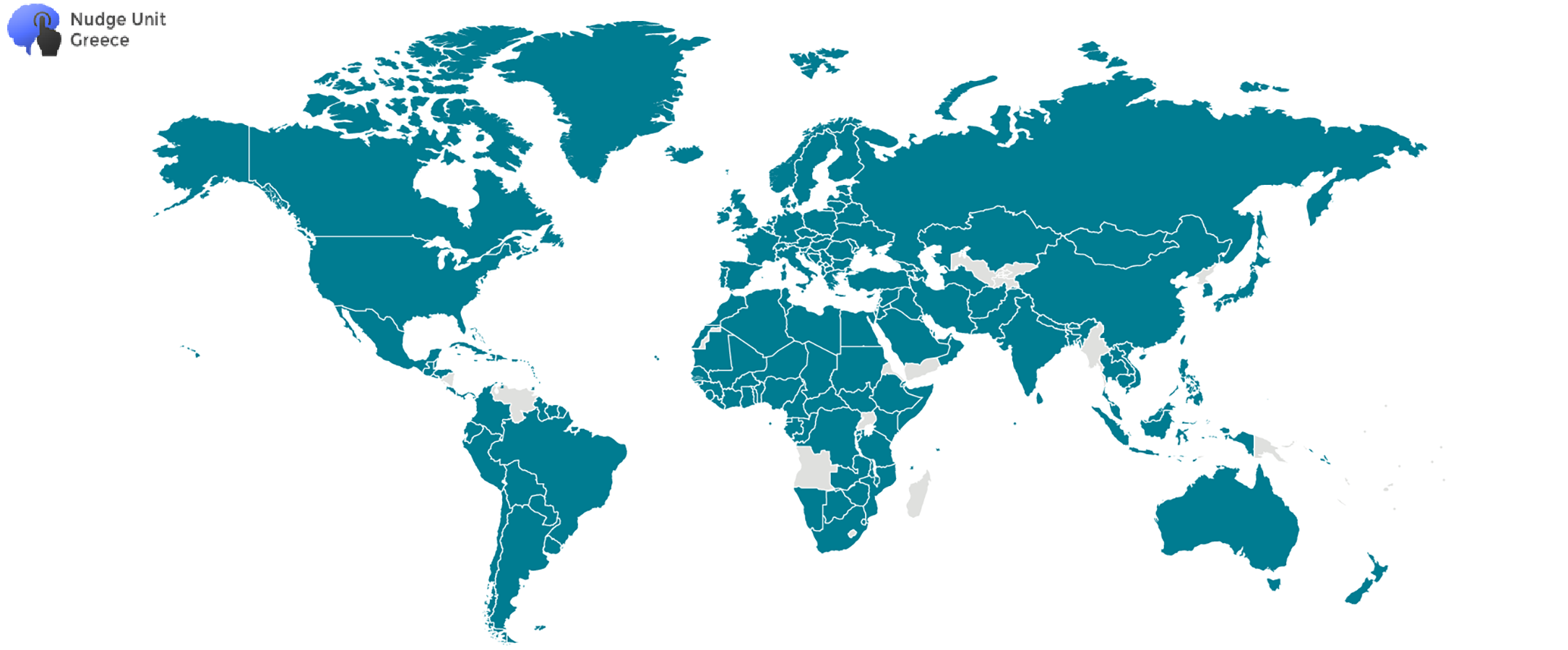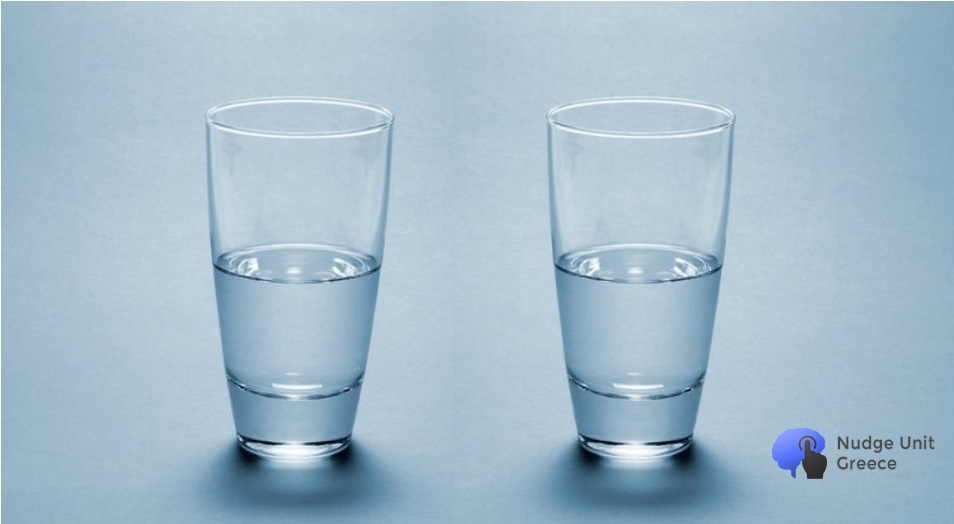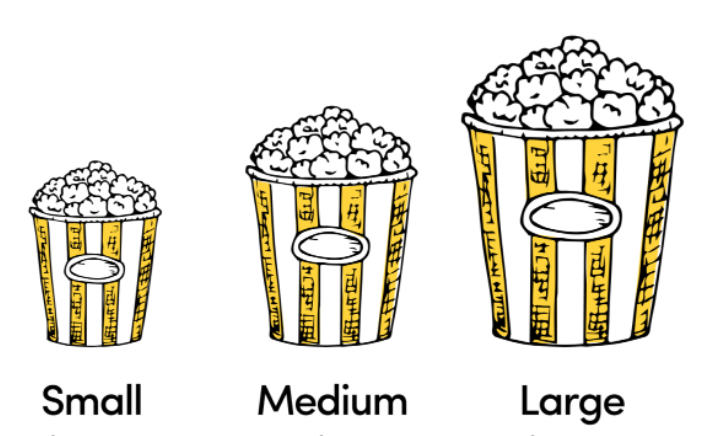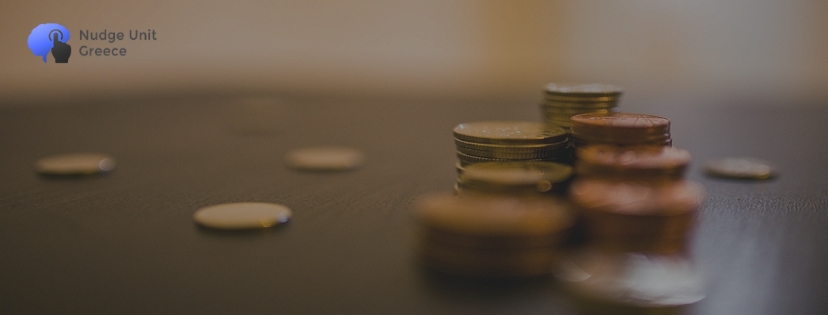
Every theory, while trying to explain the socio-economic phenomena, is affected by the particular era in which it wishes to integrate; one might say that tradition, religion, technology and recent historical events are among the most important elements.
So what … Read more...






